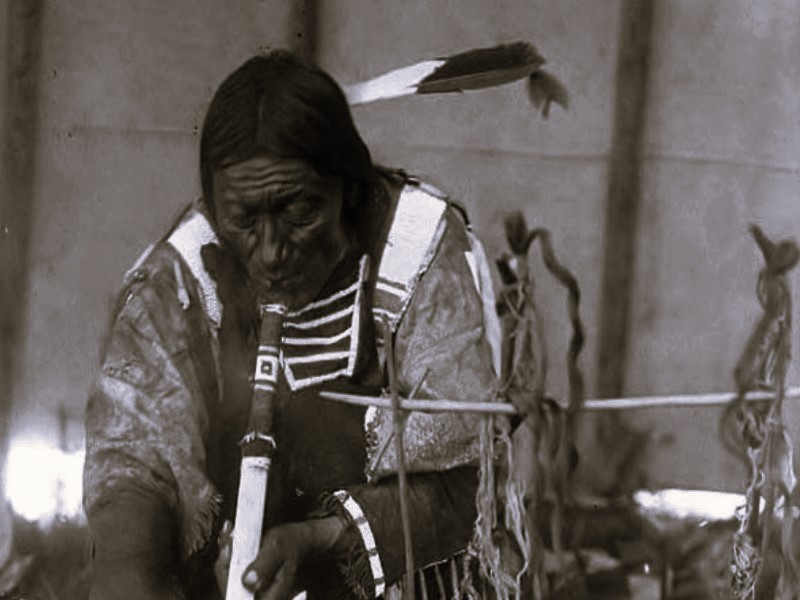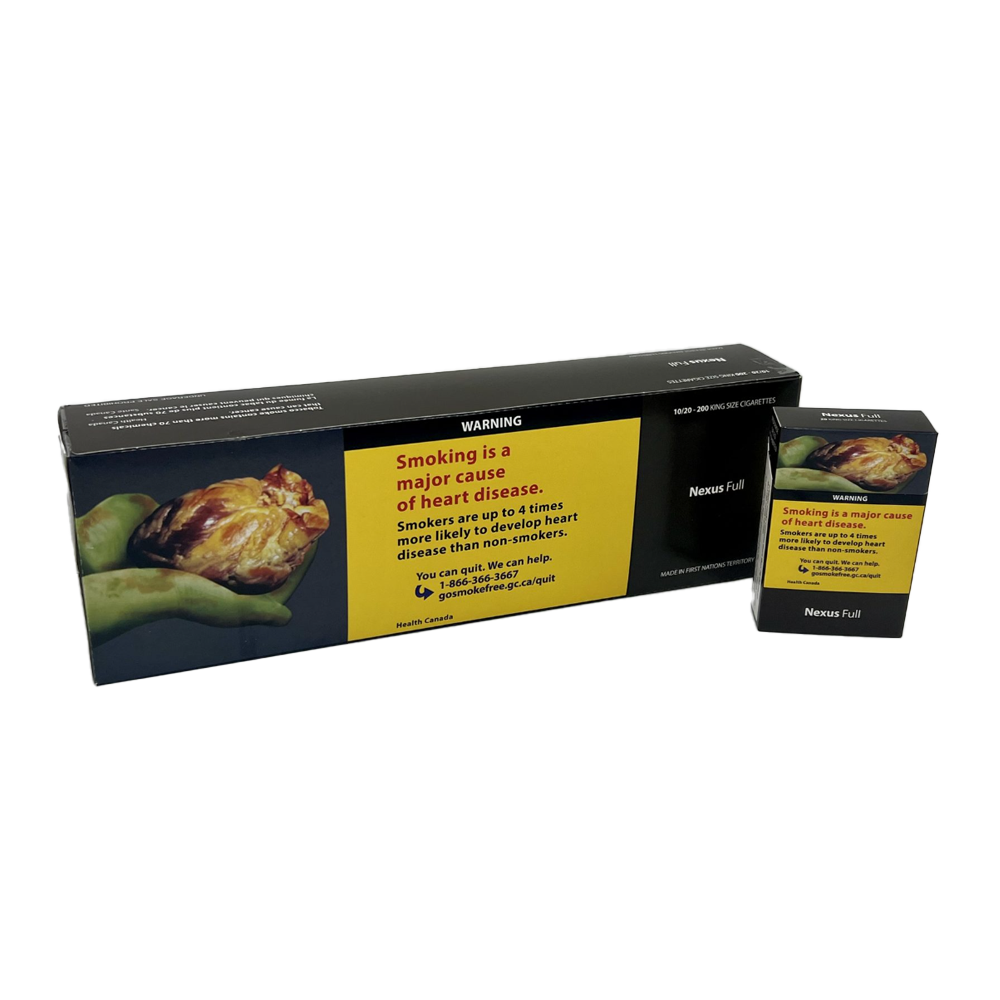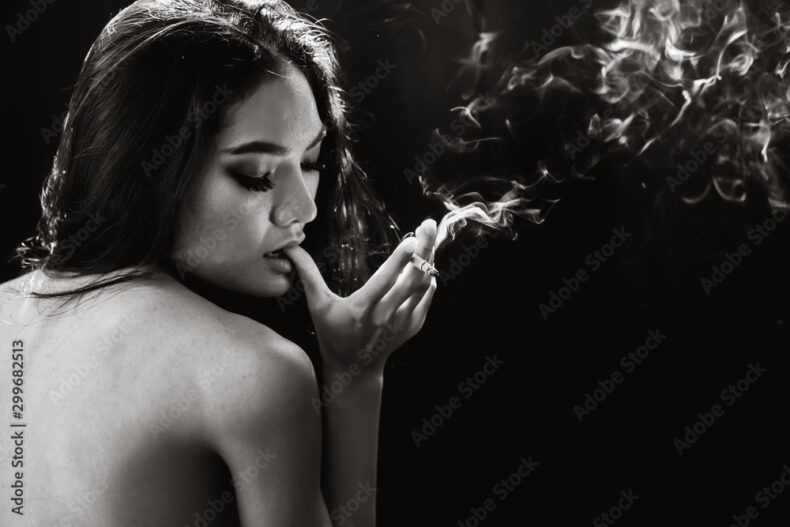Native cigarettes, produced by Indigenous communities across North America, have increasingly gained attention from smokers looking for alternatives to mainstream brands. With labels such as Playfares, Nexus, and DK’s, these cigarettes often come with a unique appeal rooted in cultural practices, distinct flavors, and affordability. Many smokers are curious about how native cigarettes differ from more commonly known brands like Marlboro or Camel, and whether these differences impact quality, taste, and overall smoking experience.
In this blog, we’ll take a deep dive into the world of native cigarettes, focusing on popular brands such as Playfares, Nexus, and DK’s. We’ll explore their origins, cultural significance, and what makes them stand out in the broader cigarette market.
What Are Native Cigarettes?
Native cigarettes refer to tobacco products manufactured by Indigenous communities, usually within sovereign territories like First Nations reserves in Canada or tribal lands in the United States. These cigarettes are often sold at lower prices compared to mainstream brands, and many smokers believe they offer a more natural or authentic smoking experience.
Unlike large commercial tobacco companies that typically use a combination of chemical additives and flavorings, native cigarettes are often perceived to contain fewer additives and preservatives, contributing to a different taste and texture. However, this perception doesn’t necessarily make them a healthier option, which we’ll discuss later.
Brands like Playfares, Nexus, and DK’s have gained traction in the market, not only among Indigenous communities but also among non-Indigenous smokers seeking an alternative to more established brands.

A Brief History of Native Tobacco Use
Tobacco has deep-rooted historical significance for Indigenous peoples in North America, with its use dating back thousands of years. For many Indigenous cultures, tobacco was, and continues to be, used in spiritual ceremonies, rituals, and social gatherings. It holds a sacred place in many traditions, symbolizing a connection to the natural world and a means of communicating with ancestors and spiritual entities.
Before colonization, Indigenous peoples used wild tobacco (Nicotiana rustica) in ways very different from how we see tobacco being used today. Smoking was just one method of consumption, along with chewing and snuffing. It was primarily employed in small quantities during sacred ceremonies, where the focus was on spirituality rather than recreational use.
Over time, as European settlers introduced commercial tobacco (Nicotiana tabacum) to the continent, the role of tobacco shifted, becoming more of a recreational habit. However, for many Indigenous communities, tobacco continues to maintain its sacred status, and this is reflected in some of the ways native cigarettes are perceived and marketed today.
Popular Native Cigarette Brands: Playfares, Nexus, DK’s
Several native cigarette brands have developed loyal followings, both within Indigenous communities and beyond. Three of the most popular brands are Playfares, Nexus, and DK’s, each offering unique features that differentiate them from mainstream brands.
Playfares
Playfares cigarettes are known for their relatively smooth flavor and consistent quality. Smokers often note that these cigarettes are less harsh than mainstream brands, possibly due to fewer additives. Playfares is one of the more popular brands produced on Indigenous lands and is typically sold at competitive prices.
Nexus
Nexus is another popular brand of native cigarettes that has become a favorite for those who enjoy a stronger, more robust tobacco flavor. Often marketed as a more “traditional” cigarette, Nexus appeals to smokers looking for a straightforward, no-nonsense product. Its relatively affordable price point and bold taste make it a strong competitor to larger commercial brands.
DK’s
DK’s cigarettes, produced by the Mohawk Nation, are known for their affordable pricing and distinct packaging. These cigarettes often attract consumers looking for a budget-friendly option without compromising too much on quality. DK’s cigarettes are frequently cited for their smooth draw and even burn, making them a reliable choice for smokers who appreciate consistency in their tobacco products.
How Are Native Cigarettes Different from Mainstream Brands?
Many smokers are drawn to native cigarettes because of key differences in manufacturing processes, pricing, and the overall smoking experience. While mainstream brands like Marlboro or Camel use a wide range of additives to maintain flavor, moisture, and burn rate, native cigarettes are often perceived to be less processed.
Natural vs. Additives
One of the primary selling points of native cigarettes is the belief that they are more natural, containing fewer chemical additives than mainstream brands. Though not all native cigarette brands make explicit claims about being additive-free, many smokers report a “cleaner” smoking experience.
However, it’s important to note that even if native cigarettes contain fewer additives, they still produce harmful byproducts when smoked, just like any other tobacco product.
Pricing and Affordability
Native cigarettes are typically more affordable than commercial brands. This price difference can be attributed to several factors, including the fact that they are produced and sold on sovereign lands, where certain taxes may not apply. This affordability is a significant factor for smokers who are looking to cut costs without sacrificing quality.
Flavor and Texture
Many smokers describe native cigarettes as offering a smoother, more authentic tobacco flavor. The lack of heavy additives and flavoring agents often results in a less processed taste, which some smokers prefer. The texture of the smoke is also often described as less harsh, making for a more pleasant experience for those sensitive to stronger, chemically enhanced cigarettes.
Cultural and Economic Importance to Indigenous Communities
The production of native cigarettes represents more than just an economic venture for many Indigenous communities. Tobacco has historical and cultural significance that continues to resonate with many Native American and First Nations peoples today. For some, the manufacturing and sale of tobacco products is a way of reclaiming their relationship with a plant that has long been part of their spiritual and cultural heritage.
Economic Opportunities
The production and sale of native cigarettes can offer significant economic opportunities for Indigenous communities. In many cases, cigarette manufacturing provides jobs and revenue for communities that may face limited economic opportunities due to historical marginalization or geographic isolation. Profits from native cigarette sales are often reinvested into community development projects, infrastructure improvements, and healthcare services.
Cultural Reclamation
For many Indigenous peoples, the modern commercial tobacco industry represents a loss of control over a plant that once held sacred meaning. By producing and selling their own tobacco products, some Indigenous groups see this as a form of cultural reclamation. While these cigarettes are largely sold for recreational use, their production can serve as a reminder of tobacco’s deep-rooted significance in Indigenous culture.

Health Risks: Native Cigarettes vs. Regular Cigarettes
Despite the perception that native cigarettes are more “natural,” it’s crucial to understand that they are not inherently safer than regular cigarettes. Smoking any form of tobacco carries significant health risks, including an increased chance of developing lung cancer, heart disease, and respiratory illnesses.
Additives and Chemicals
Although some native cigarettes may contain fewer additives than mainstream brands, this doesn’t eliminate the risks associated with smoking. Even additive-free cigarettes still produce harmful substances, including tar, carbon monoxide, and formaldehyde, which are all dangerous when inhaled over time.
The Smoking Experience
Some smokers report that native cigarettes provide a smoother, less irritating experience, but this difference in sensation doesn’t necessarily translate to reduced health risks. Any type of cigarette, whether native or mainstream, involves inhaling substances that can damage the lungs and cardiovascular system.
Misconceptions About Safety
The perception that native cigarettes are healthier is a common misconception. While the idea of fewer additives may seem appealing, the reality is that smoking in any form is harmful to one’s health. It’s essential to dispel myths that suggest native cigarettes are a safer alternative to commercial brands.
The Future of Native Cigarettes
Native cigarettes are likely to continue gaining popularity, both within Indigenous communities and beyond. As smokers increasingly seek out alternatives to mass-produced tobacco products, native brands like Playfares, Nexus, and DK’s will likely remain strong contenders in the market. However, this growth raises questions about the balance between cultural preservation, economic development, and public health.
Trends Toward Organic and Natural Products
As consumer demand for more natural, organic products grows, native cigarette brands may capitalize on their perceived purity and lack of additives. This trend could result in more visibility for native brands in the wider market, potentially leading to increased sales and greater recognition for Indigenous-owned businesses.
Expanding to New Markets
While native cigarettes are currently sold primarily within Indigenous territories, there’s potential for broader market expansion, especially as consumers look for niche, culturally resonant products. Some brands may begin marketing to urban smokers, non-Indigenous consumers, or international markets, further increasing their influence and reach.
Conclusion
Native cigarettes like Playfares, Nexus, and DK’s offer smokers an alternative to mainstream tobacco brands, blending affordability, distinct flavors, and a sense of cultural connection. However, it’s essential to approach these products with an understanding that while they may differ from large commercial brands, they carry the same health risks as any other form of smoking.
For Indigenous communities, the production of native cigarettes represents more than just an economic opportunity; it’s a chance to reclaim an aspect of their cultural heritage and provide jobs and services to their people. As the popularity of these products grows, consumers and communities alike will need to balance economic benefits with health considerations.
As with any tobacco product, the most crucial factor to keep in mind is moderation and an awareness of the potential health impacts, regardless of the brand or its cultural roots.








